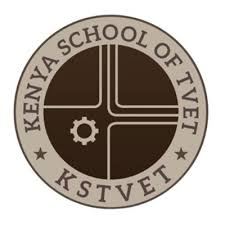Objectives of cataloguing of information materials
Cataloguing involves a specialized vocabulary used to describe and organize information materials systematically. Understanding these terms is essential for creating accurate and consistent bibliographic records. Below are some key terms commonly used in cataloguing:
1. Catalogue – A structured list of materials in a library or information center, typically arranged systematically for easy retrieval.
2. Cataloguing – The process of creating bibliographic records for information materials, including their description and classification.
3. Descriptive Cataloguing – The part of cataloguing concerned with the physical and bibliographic details of a material, such as title, author, edition, and publication details.
4. Subject Cataloguing – Assigning subject headings or descriptors to a material to reflect its content, helping users find materials on specific topics.
5. Classification – The process of assigning a call number based on a classification scheme (e.g., DDC, LCC) to organize materials by subject.
6. Call Number – A combination of letters and numbers placed on the spine of a material that indicates its location and subject matter.
7. Access Points – Searchable fields in a catalogue record (e.g., author, title, subject) that help users locate a resource.
8. Authority Control – The process of maintaining consistency in names, titles, and subjects by using authorized headings (e.g., Library of Congres
s Name Authority File).
